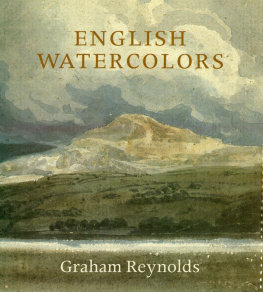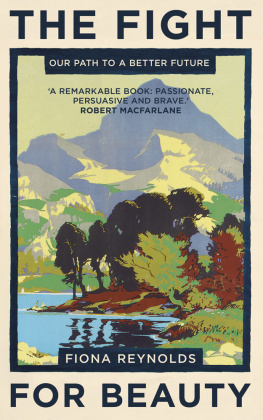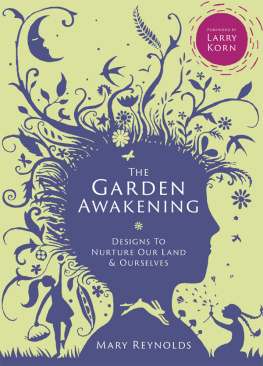Reynolds - Comic Strip Artists in American Newspapers, 1945-1980
Here you can read online Reynolds - Comic Strip Artists in American Newspapers, 1945-1980 full text of the book (entire story) in english for free. Download pdf and epub, get meaning, cover and reviews about this ebook. City: London;Jefferson;NC;USA;Verenigde Staten, year: 2003, publisher: McFarland & Co, genre: Detective and thriller. Description of the work, (preface) as well as reviews are available. Best literature library LitArk.com created for fans of good reading and offers a wide selection of genres:
Romance novel
Science fiction
Adventure
Detective
Science
History
Home and family
Prose
Art
Politics
Computer
Non-fiction
Religion
Business
Children
Humor
Choose a favorite category and find really read worthwhile books. Enjoy immersion in the world of imagination, feel the emotions of the characters or learn something new for yourself, make an fascinating discovery.

- Book:Comic Strip Artists in American Newspapers, 1945-1980
- Author:
- Publisher:McFarland & Co
- Genre:
- Year:2003
- City:London;Jefferson;NC;USA;Verenigde Staten
- Rating:4 / 5
- Favourites:Add to favourites
- Your mark:
- 80
- 1
- 2
- 3
- 4
- 5
Comic Strip Artists in American Newspapers, 1945-1980: summary, description and annotation
We offer to read an annotation, description, summary or preface (depends on what the author of the book "Comic Strip Artists in American Newspapers, 1945-1980" wrote himself). If you haven't found the necessary information about the book — write in the comments, we will try to find it.
Comic Strip Artists in American Newspapers, 1945-1980 — read online for free the complete book (whole text) full work
Below is the text of the book, divided by pages. System saving the place of the last page read, allows you to conveniently read the book "Comic Strip Artists in American Newspapers, 1945-1980" online for free, without having to search again every time where you left off. Put a bookmark, and you can go to the page where you finished reading at any time.
Font size:
Interval:
Bookmark:


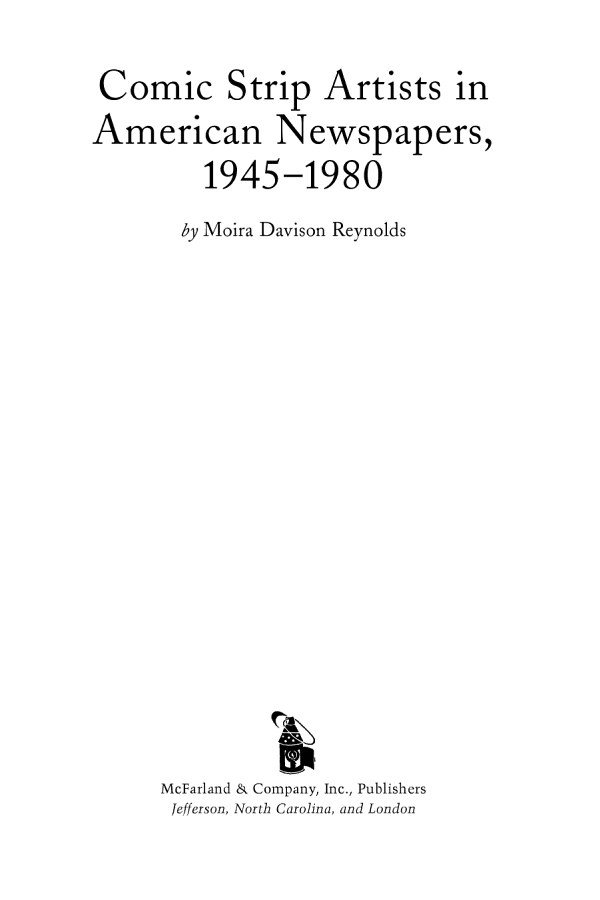

To the memory of my father and brother:
Asa Davison, Master Mariner,
and Michael Davison, Cmdr., United States Coast Guard
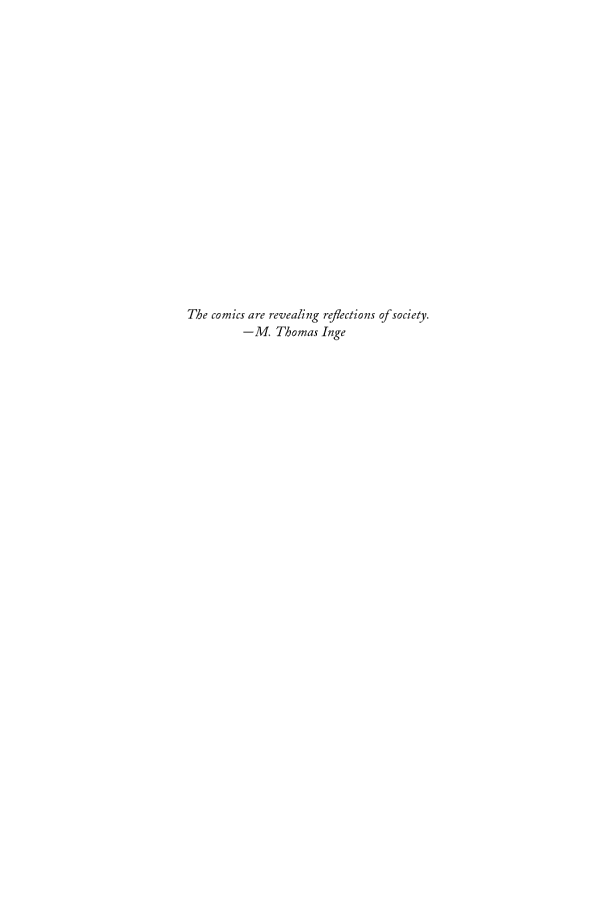
Preface and Acknowledgments
The focus of this book is on cartoonists who produced successful comic strips that appeared in American newspapers from 1945 to 1980. With a few exceptions, an entry implies that the individual is truly the creator of the strip, both drawing and writing it. This in no way denigrates the importance of assistants and ghosts, who are indispensable to the cartoonist.
I wish to express my thanks to the staffs of Peter White Public Library and of Superiorland Library Cooperative for their assistance. Joanne Whitley of the latter continues to locate all sorts of difficult-to-find materialand comics seem to fit that category.
I am deeply indebted to two books, both out of print; I have found The Encyclopedia of American Comics, edited by Ron Goulart (1990), and 100 Years of American Newspaper Comics, edited by Maurice Horn (1996), most helpful.
Moira Davison Reynolds
Marquette, Michigan
Introduction
Skeezix, Pogo, Charlie Brown and Calvin with his Hobbes are part of Americas culture, thanks to their appearances in comic strips.
The Columbia Encyclopedia definesa comic strip as a collection of cartoons with a story line laid out in a series of pictorial panels across a page and concerning a continuous character or set of characters,whose thoughts and dialogues are indicated by balloons containing written speech.
The same source defines cartoon (Italian cartone = paper) as: In the fine arts, a full-sized preliminary drawing for a work to be afterwards executed in fresco, oil, mosaic, stained glass or tapestry. It has been pointed out that in the Aeneid,Virgil described a tapestry that depicted the events of the Trojan Wara cartoon derivative, according to the definition given above.
With the advent of printing and increased numbers of people who could read, the association of words with drawings became important.
In 1843, Britains Punch parodied cartoons dealing with decoration of the new Houses of Parliament. Thus, in journalistic parlance, cartoon came to mean any single humorous or satirical drawing that employed distortion for emphasis,often accompanied by a caption or a legend.How- ever, the word comic is misleading, because not every strip is humorous.
Comics appeared in the United States late in the 19th century. One of the countrys earliest cartoonists was Robert Outcault. A former draftsman for Electric World, Outcault submitted cartoons to weekly humor magazines. When Morrill Goddard, the Sunday editor of the New York World, was looking for a comic artist, he picked Outcault. The World owned a new four-color press, and color was selling well.
The Worlds Sunday supplement of February 17, 1895, reprinted one of Outcaults magazine cartoons; it presented a slum child, shoeless and in a nightshirt. The manager of the papers art department made the night dress yellow because that color showed up so wellso well that the wearer became known as the Yellow Kid (His name was Mickey Dugin, and he was Irish, not Oriental.). This character was repeated in some 30 Outcault cartoons and drew the attention of Californian William Randolph Hearst (86395). Hearst had purchased the New York MorningJournal and made it the rival of the New York World, published by Hungarian immigrant Joseph Pulitzer (8479). The importance of the newspaper in pre-radio,pre-television and pre-computer days should not be discounted; Hearsts Journal had a circulation of 00,000 and sold for one cent.
Oered more money by Hearst than Pulitzer, Outcault joined the Journal to do Hogans Alley,which featured the Yellow Kid. The latter title gave rise to the term yellow journalism,a term that denoted scare headlines, sensationalism and comics.
Hearst had correctly surmised that comics could sell newspapers,and competition between Hearst and Pulitzer became fierce and commonplace. Also, cities had scores of immigrants, and often their first introduction to the English language was through reading comics.
In 92, Hearst formed the International News Service, the first real syndicate to sell comics to newspapers. Two years later, it became King Features Syndicate. Other syndicates, such as United Feature, arose, and by the 960s, Blondie, for example, was syndicated internationally in 200 newspapers. The syndicate exerted censorship over the cartoonist; for instance, references to divorce,racial characteristics and religion were forbidden, and controversial matters such as politics were banned.
Early strips that were popular included The Katzenjammer Kids,Black Berries, Foxy Grandpa, Lady Bountiful, Mutt and Jeff, and Hairbreadth Harry. But for some time, comics were not acceptable to all. Even Outcault considered The Yellow Kid vulgar, although the strip brought him great remuneration. From 902, there were campaigns by womens clubs, religious organizations and magazines to eliminate the comic supplement from newspapers. The Christian Science Monitor and the New York Times were two of the papers that did not care for comics. The New York Times did change its policy when it ran Pogo.
Comic books originated in the 930s. The first were reprints of existing newspaper comic strips. Then came books of all new comic material. Following the introduction of Superman in 936, the new genre of superheroes appearedBatman, Wonder Woman, Flash Gordon, Captain Marvel, to name a few. They were not only in books but in strips, animations and movies as well. Book characters, such as Edgar Rice Burroughs Tarzan, became part of the cartoon world. The comics, at first focused on gags,became increasingly sophisticated.They were here to stay.
In the 950s a well-trained psychiatrist named Frederic Wertham led an anticomic book crusade. He believed that comic books contained too much violence and sex for children. He had many followers, but his campaign eventually waned; there was no research to show that young readers were adversely aected.
Mort Walker, creator of Beetle Bailey,has pointed out that the comic strip has become the prime chronicler of the common people, mirroring contemporary events and social customs. At the beginning of the 20th century,the life of an immigrant was depicted and the balloons contained dialect; then, women went to work and there were boarding houses, orphans, hillbillies and boxers; and then came the rise of the automobile and the airplane. Walker is of the opinion that all the significant movements of the past century could be seen in the comics. He has also noted the current tendency of comics to concentrate on the family.
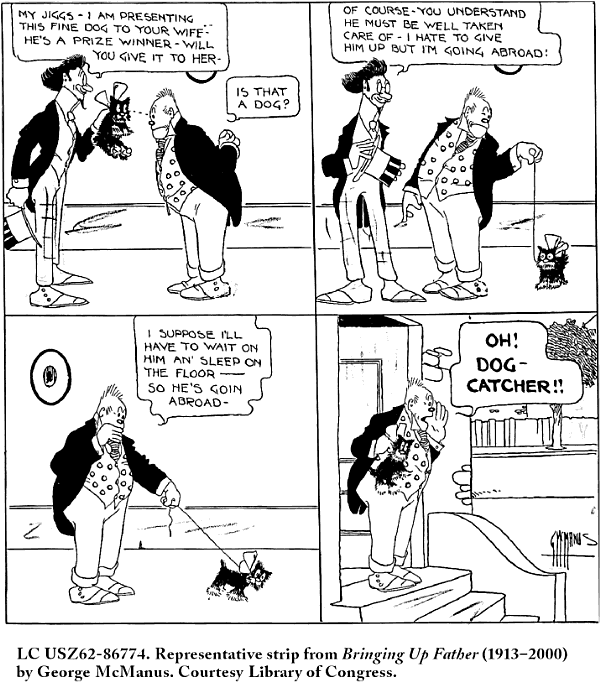
Disdain for the comics has almost disappeared today. Long before the 20th century ended, more than 00,000 Americansadults as well as childrenwere reading one or more comic strips in their Sunday and daily newspapers. The Library of Congress files original comic strip cartoons, sometimes referred to as an art form, and such strips are sold in galleries for large sums of money. Some professors specialize in popular culture, and academics include comics in social history and commentary; certain university libraries have collections of comics.
Font size:
Interval:
Bookmark:
Similar books «Comic Strip Artists in American Newspapers, 1945-1980»
Look at similar books to Comic Strip Artists in American Newspapers, 1945-1980. We have selected literature similar in name and meaning in the hope of providing readers with more options to find new, interesting, not yet read works.
Discussion, reviews of the book Comic Strip Artists in American Newspapers, 1945-1980 and just readers' own opinions. Leave your comments, write what you think about the work, its meaning or the main characters. Specify what exactly you liked and what you didn't like, and why you think so.


